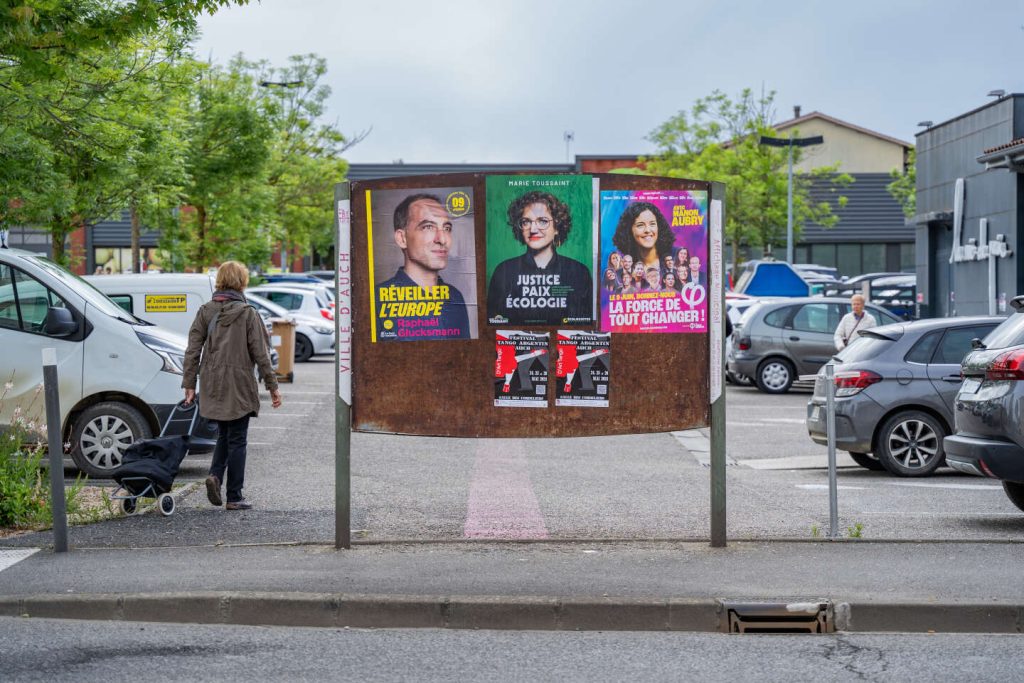Less than two weeks before the upcoming European elections, there is a lot of infighting happening among left-wing parties. Head of the Place publique-Parti socialiste list, Raphaël Glucksmann, called on his rival from La France insoumise (LFI), Manon Aubry, to focus on the far right instead of attacking him. The Communist candidate, Léon Deffontaines, also criticized the discourse of Glucksmann and Renaissance Valérie Hayer, saying that there is a disconnect between their speeches and the reality of people’s daily lives. These attacks highlight the existence of two different left-wing ideologies in Europe, stemming from the 2005 referendum where the rejection of the European Constitution won.
The international issues continue to divide the left, especially when it comes to Ukraine. Social democrats and ecologists support its integration into the European Union, while the “insoumis” and communists are against it. The debate over arming the Ukrainian front against the Russians is also ongoing. Raphaël Glucksmann expressed his readiness to support sending long-range missiles to Ukrainian President Volodymyr Zelensky, while the ecologist leader, Marie Toussaint, was more cautious. The radical left is vehemently opposed to this and advocates for a diplomatic solution with Vladimir Putin, even if it means surrendering Ukraine.
The differing visions of European construction are at the core of these disagreements, even though nobody is advocating for an exit from the EU. The concept of a “federal leap” is central to the Green and Socialist programs, presenting it as a necessity to combat social, fiscal, and environmental dumping. They also support the establishment of a European defense, meaning a common army, to make Europe more independent. Social democrats and ecologists dream of giving Europe the ability to “raise taxes” to increase resources for financing ecological transition or industrialization. There is a strong alliance between these two parties who share many common goals and objectives.
While the left parties have different priorities and approaches, there is a common agreement on the importance of tackling the rise of the far right in Europe. This issue unites them against the common enemy, showing a willingness to cooperate and form alliances to prevent the spread of extreme ideologies. However, the internal divisions remain on issues such as European integration, defense policies, and international relations. Despite these disagreements, the left parties are preparing for the upcoming elections and the challenges that lie ahead in shaping the future of Europe. This period of intense debates and discussions will determine the direction of the left’s agenda and influence the political landscape in the European Union.


